The difference between flat wire motor and round wire motor
1. Advantages
1. The wire form used in the stator winding of a flat wire motor is a few thick rectangular wires, that is, flat wires. First, the winding is made into a shape similar to a hairpin, inserted into the electronic slot, and then the end of the hairpin is welded at the other end. stand up. The round wire motor stator winding uses multiple thin round wires.
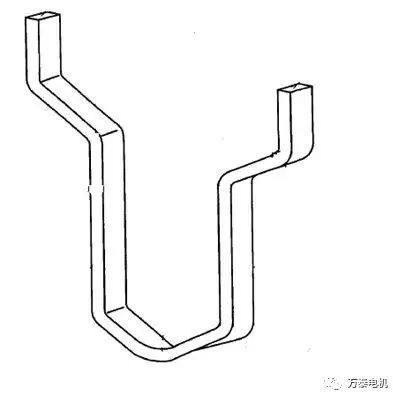
2. Under the same power, because the flat wire takes up less space, the outer diameter and volume of the motor can be reduced, resulting in a smaller flat wire motor, less material, and lower cost.
3. Under the same volume, because the flat wire takes up less space, more wires can be filled in the slot while the entire space of the motor remains unchanged. That is, the slot fullness rate of the motor will increase, and the power density of the motor will also increase. Generally, the slot full rate of round wire motors is about 40%, while the slot full rate of flat wire motors can reach 60%.
4. Compared with round wire motors, flat wire motors can have a relatively smaller notch size, which can effectively reduce cogging torque, thereby reducing motor noise.
5. Compared with round wire motors, flat wire motors have better armature stiffness.
6. The internal gap of the flat wire motor winding is small, and the contact area between the wires and the winding and the core slot is larger. Therefore, the heat dissipation and thermal conductivity are better, the temperature rise is lower, and the overall performance of the motor is better.
7. For round wire motors, due to process problems, the ends are generally left slightly longer to prevent damage to the copper wire during the process. For flat wire motors, because the wires are hard wires, the ends can be left shorter. Save copper materials, reduce costs and improve efficiency.

2. Disadvantages
1. Serialization design is difficult. For example, when the number of iron cores and slots is the same, but the length and number of coil turns are different, a round wire motor can easily design a series of motors, while a flat wire motor has a small number of turns. Just reducing or adding a few will have a big impact on the performance of the motor, so it is difficult to design a series.
2. High production equipment requirements. Because the molding requirements of flat wires are high and the processing is difficult, and manual production has low production efficiency, it must rely on professional equipment, but the equipment requirements are high.
3. Increased loss, because round wire motors can use thin wires, and there are more wires, while flat wires are thicker, which will produce a skin effect. This effect will increase the loss of flat wire motors, but the impact is limited.
4. Copper wire quality requirements are high. Because thick copper wire has a certain degree of elasticity, it will rebound to a certain extent after bending, which can easily cause damage to the insulation layer and cause gaps. Therefore, the copper wire must be of high quality and have sufficient deformation margin during design.











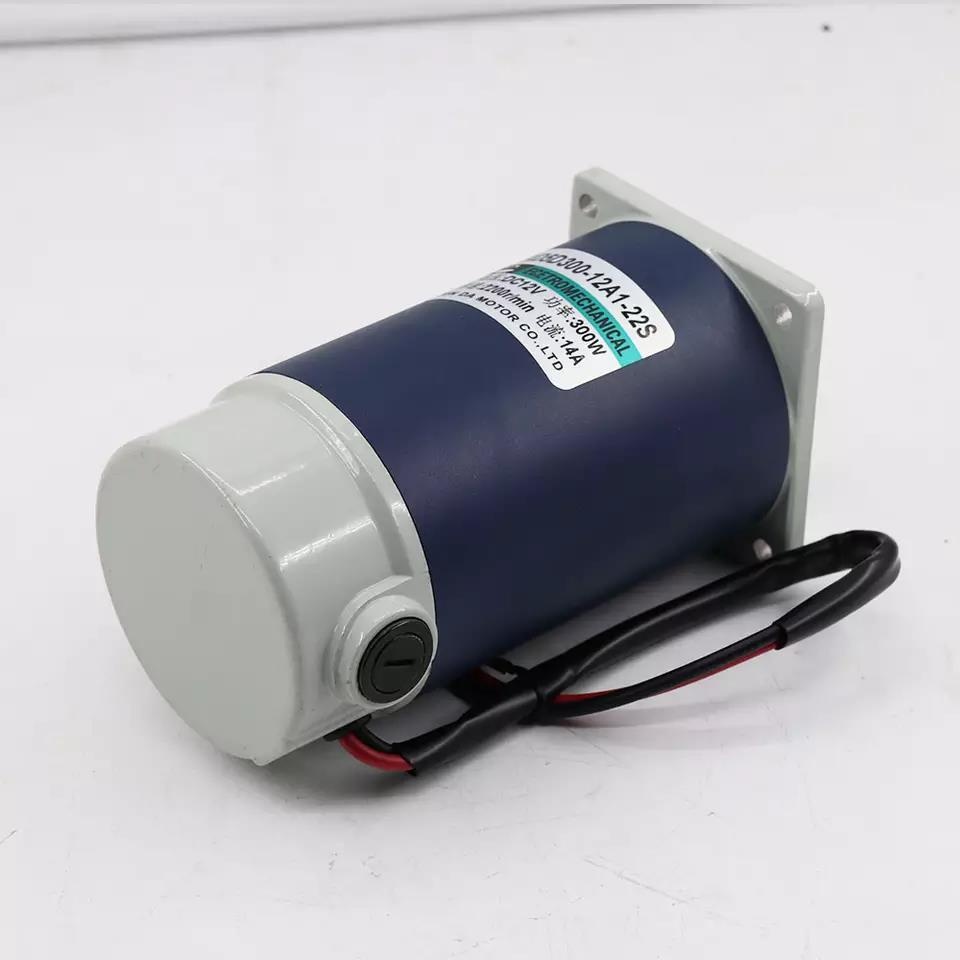


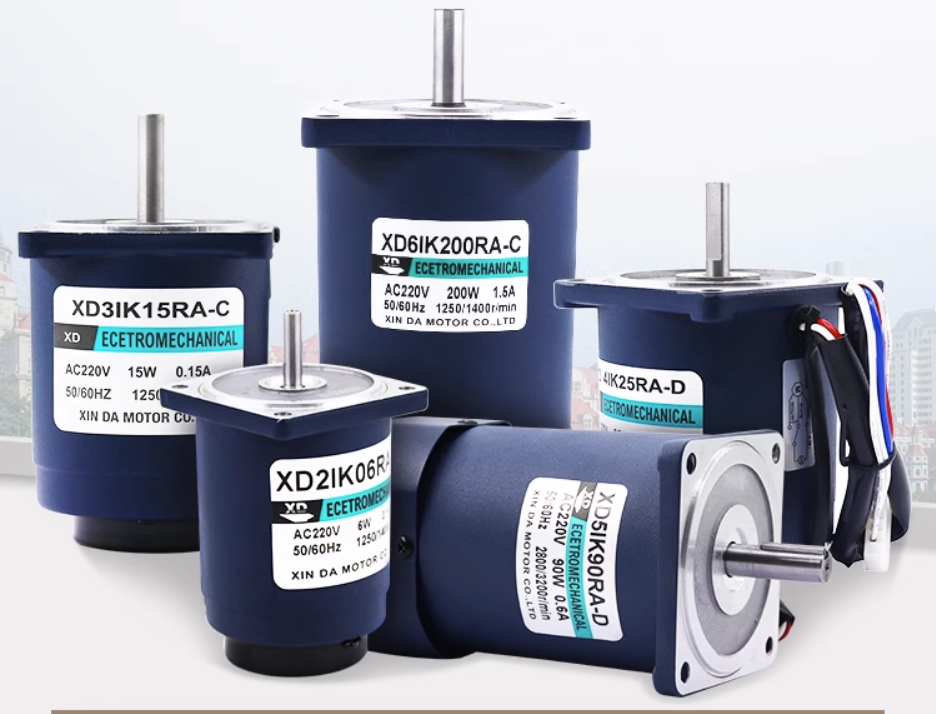



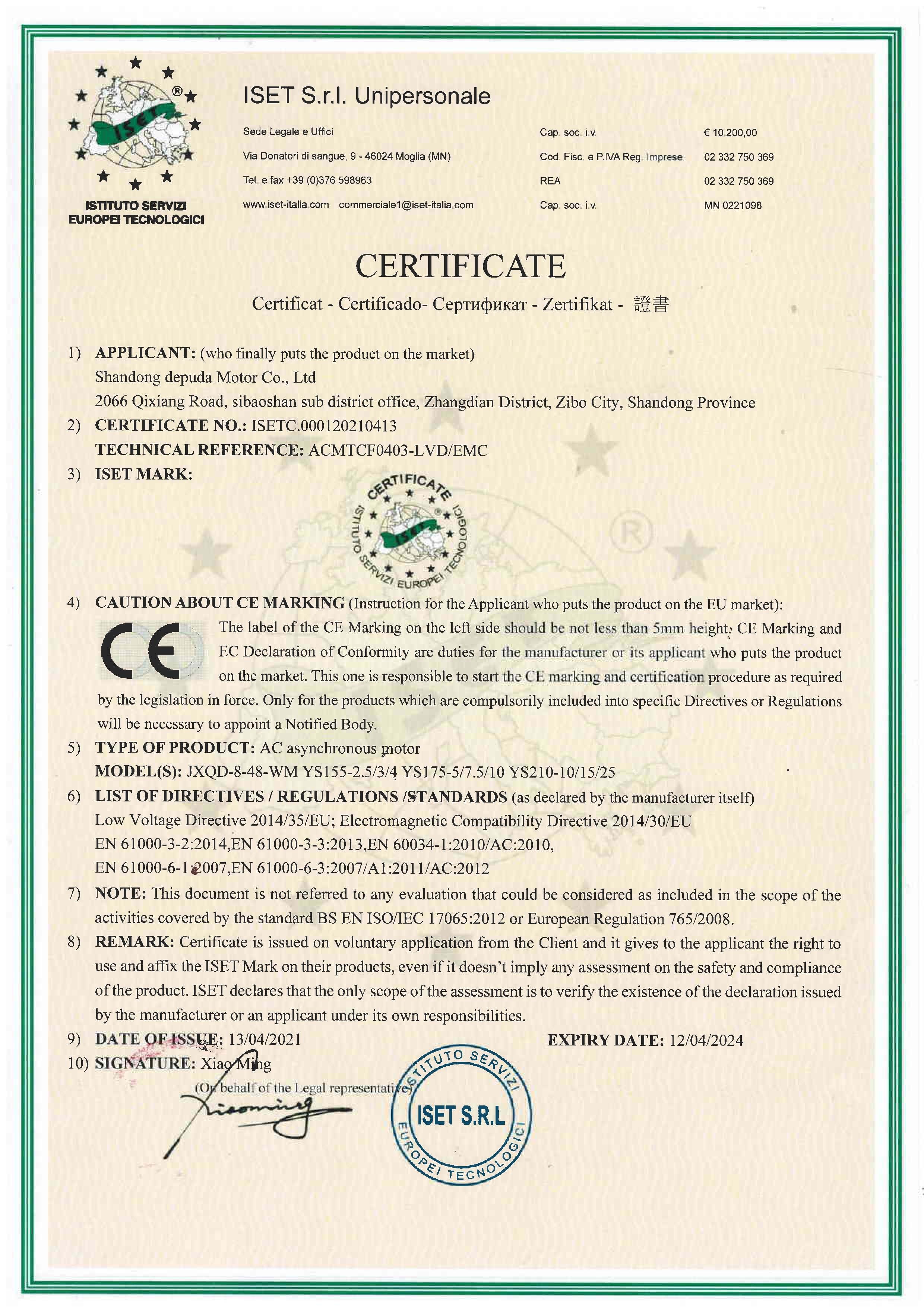
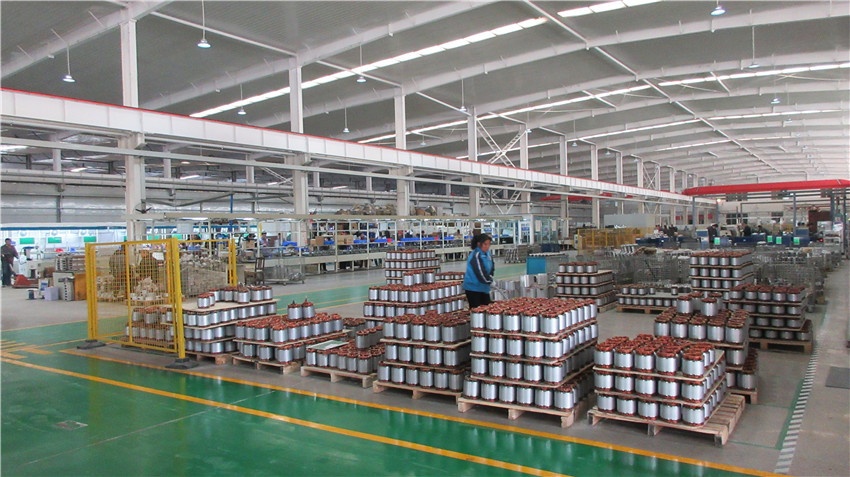







 XINDA
XINDA